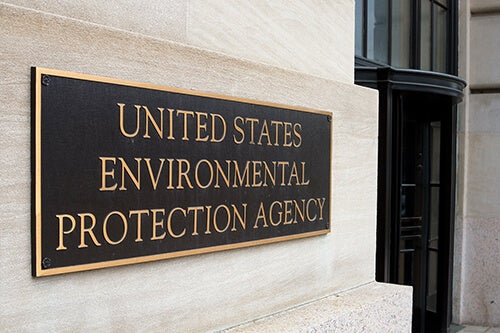The EU Restriction on Hazardous Substances (RoHS) Directive is currently under review. Several important changes have been delayed, including proposals for the wholesale review of RoHS 2, new additional substances, and decisions on a number of key technical exemptions.
While the assessment process for the exemptions is still underway and final decisions have not been made, the original exemptions and wording remain valid. However, manufacturers that use those exemptions need to keep a close watch on the latest developments, as any deletions or significant changes could come into force as quickly as 12 months after the final decisions are published. As a result, failing RoHS compliance could disrupt supply chains and sales in Europe.
RoHS Updates: What to Expect
The RoHS Directive focuses on limiting the use of certain hazardous substances in a wide range of electrical and electronic equipment — both for the protection of human health and the environment.
Occasionally, the RoHS Directive undergoes revisions. It originally came into force in July 2006. The directive was recast as RoHS 2, which came into force in January 2013. Six years later, the original six restricted substances were expanded to 10 for most categories of products. The expansion came into effect for medical devices and monitoring and control instruments in July 2021.
While some people refer to the expansion of the list of substances as RoHS 3, that is incorrect. This addition was made as an amendment to RoHS 2. In accordance with Article 24 of RoHS 2, a review is currently underway to assess how the directive has worked and whether it has achieved its objectives. The review ties into the overall push within the EU to focus on supply chain and general product sustainability.
As a result of this review, RoHS 2 could change from a directive to a regulation. Here’s the difference between a directive and a regulation: A directive defines the objectives and the results that must be achieved — EU member states then transpose the directive into their national laws, which can lead to some differences between countries. In contrast, a regulation becomes law across the EU the day it comes into force and avoids that problem.
What Does This Mean for Manufacturers?
Since additional substances could be added to the directive, it’s imperative that manufacturers are aware of the composition of their products to avoid noncompliance penalties.
A proposal to add tetrabromobisphenol A (TBBP-A) — a flame retardant — is under consideration, although publication of the proposal has now been delayed until the second part of this year.
There is also a proposal to restrict medium-chain chlorinated paraffins (MCCPs), which can be used as plasticizers and flame retardants. However, that proposal has been delayed pending the outcome of the consultation process for the Registration, Evaluation, and Authorisation of Chemicals (REACH) Regulation.
Also, there haven’t been decisions made on nine of the RoHS technical exemptions (known collectively as Pack 22). No date has been specified for a decision, either. However, consultations on final proposals should take place by the middle of 2023. As such, the wording of exemptions as well as their expiry dates will change.
If manufacturers aren’t aware of changes to RoHS, they could be non-compliant, which could mean loss of market access as well as loss of investor, customer, and consumer confidence.
How Assent Can Help
As a manufacturer, your core business should not be keeping up with changing regulations. That’s where Assent can help.
The Assent Supply Chain Sustainability Platform helps manufacturers streamline and refresh the collection of supply chain data to support the compliance profile of their products in a constantly changing and difficult regulatory landscape.
In addition, our regulatory experts keep up to date with changes to RoHS and other key legislation so that you can focus on what you do best. They provide timely updates to help you navigate upcoming changes and stay compliant.
To learn how Assent can help you maintain RoHS compliance, Contact us.









